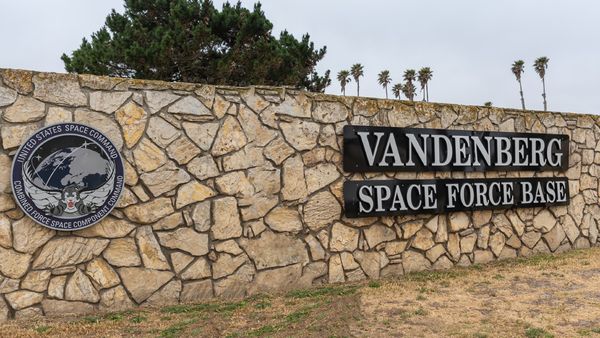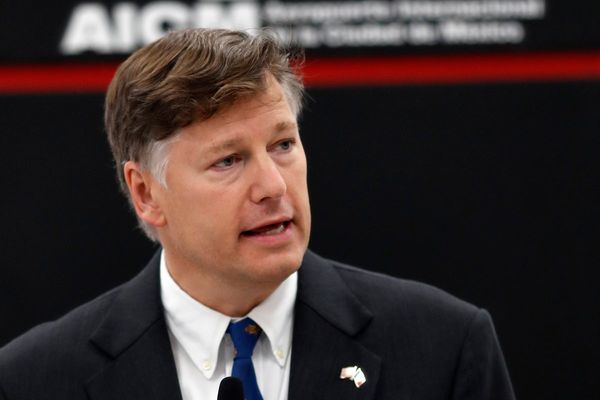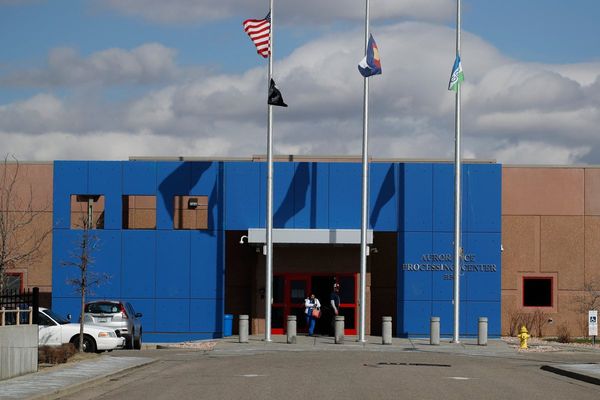
Over five decades as a director and producer, the legendary Steven Spielberg has brought landmark World War II stories to movies and TV. In doing so, millions have encountered an important era of our human history. Spielberg’s TV series Band of Brothers and The Pacific have been landmark events, and in early 2024 on Apple TV+, the latest Spielberg-produced World War II drama, Masters of the Air, launched.
Amid the series’ battles for freedom in the skies, DNEG was in the midst of the creativity as the main VFX partner. In total, the studio delivered over 1,600 shots and more than 200 assets across 32 sequences that featured in eight of the nine episodes of the series.

DNEG’s work on Masters of the Air spanned a period of two years and nine months, and saw a global crew of 1,800 come together. The range of work that DNEG produced for the series included accurate 1940s 3D landscapes and cloudscapes – from the deserts of North Africa, to the Fjords of Greenland and cities of Europe – all populated with hundreds of plane models, liveries and damaged variations shown performing in extremely complex choreography.
DNEG was tasked with building the majority of the plane models featured in the series and visualising epic dogfights, which saw hundreds of planes in battle, each crewed with digi-doubles. Of this expansive workload, DNEG visual effects supervisor Xavier Bernasconi notes: “We had five units and each unit had a DFX supervisor that would look after an episode or particularly large sequence. They each ran their own unit with artists from across our global studios.
“I headed up all the work coming from those five units, and [production visual effects supervisor] Stephen Rosenbaumoversaw the entire visual effects delivery for the series, working with all the various VFX partners for the show.”

Our deep-dive conversation with Bernasconi about the work that he and his team produced, under the overall supervision and creative guidance of Rosenbaum, begins with him identifying the aesthetic of the show. “The biggest mandate that we got from Stephen was to not go for an unrealistic camera approach,” he explains. “We were very much inspired by a documentary film called The Cold Blue (2018), which uses locked-off camera shots as opposed to more acrobatic scenes, for example. While this style of shot comes with its challenges, we found it was the best way to depict the aerial combat with the historical accuracy needed.”
As a VFX team we were really involved in the whole creative process
avier Bernasconi
Bernasconi also notes that thinking about the role of colour for the aerial combat work that’s depicted throughout the series further enriched the realistic depiction of flight and the many dogfights. He adds: “As our visual reference, we used photographs shot with Kodachrome film that was developed in the 1940s in order to remain true to the visuals of the time period.”
Because Masters of the Air visualised real-life events that had “emotional repercussions”, Bernasconi says it required that he and his collaborators “pay due attention to all the people involved and be respectful of their stories. Being historically accurate was paramount. For example, for every mission, we referred to historical visibility charts so that we knew how much the pilot could actually see from their bomber. We used this to accurately match and replicate the cloudscapes.”
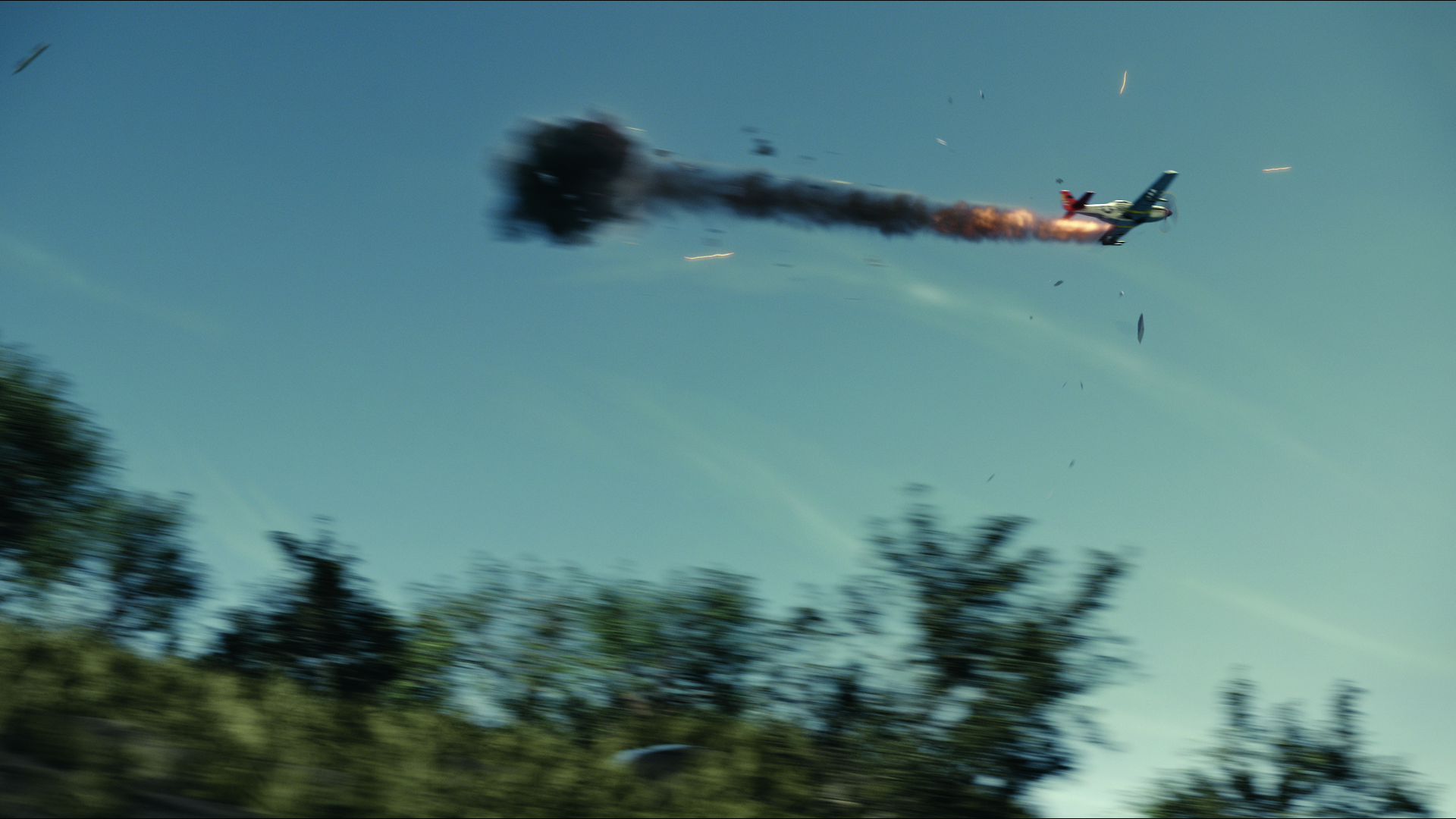
For Bernasconi, Masters of the Air functions as a useful indicator of how the place and role of visual effects teams in the production of film and episodic TV have evolved in more recent years. “For this show, we used virtual production to help with shooting the aerial sequences,” he says. “I was involved from the very beginning of the process and our VFX team worked closely with DNEG virtual production to deliver the content needed for each scene.
“This brought a whole new set of responsibilities to our VFX role, as we were actively supporting the director and virtual production team with the storytelling. That was an integral part of the process given the complexity of trying to tell a story that’s jumping from plane to plane and character to character at speed.”

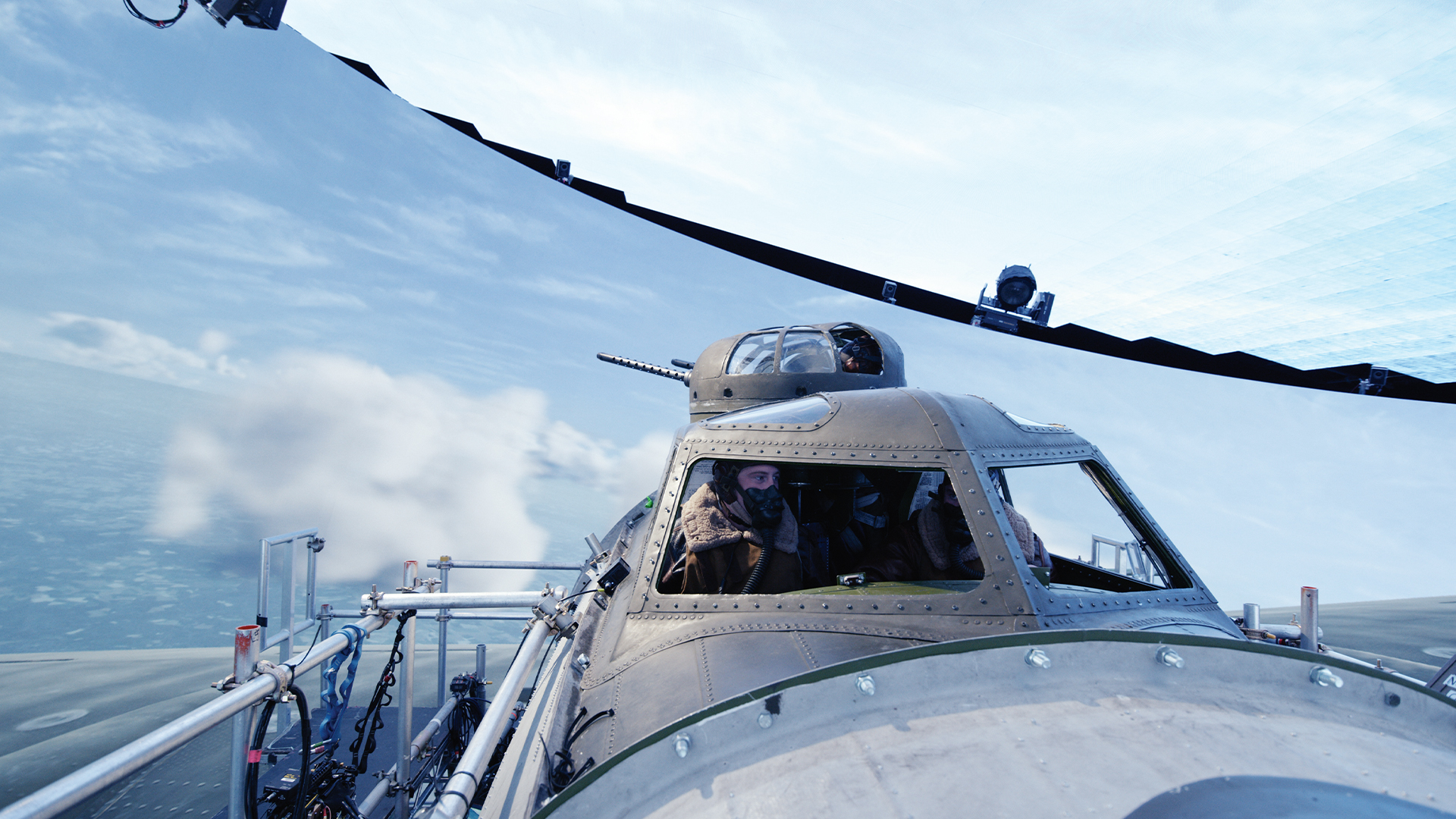
Bernasconi and his team had to understand the various flight arrangements of a given mission and use that information to work out the visual grammar of a scene. The challenge of this detailed work prompts Bernasconi to recall: “As a visual effects team we were really involved in the whole creative process, from developing concepts all the way through to the final shots.”
Of the series’ elaborate staging of aerial combat and bombers in flight, Bernasconi considers the intricacy of the relationship between the reality of recreating fighter planes in motion and the editing patterns required to construct a combat scene and sequence. “It was interesting because of the speed at which the planes were travelling,” he points out. “The combined speed of a B-17 and an Fw 190 is 600mph, so they’ve gone past in the blink of an eye! This meant that marrying up the camera angles and dialogue was challenging, as by the time a character has acknowledged an enemy plane, it has then almost disappeared and is potentially already shooting back at them.”

Paying close attention to the details of surface, atmospherics and motion, Bernasconi is keen to emphasise the work undertaken in the detailing of cockpits and plane surfaces. He describes:
“The asset team was spread across our global sites and our asset supervisor Jessica Lee was the amazing mastermind. She had great attention to detail and came up with a system to handle all the damage variation on the planes.”
On more of the intricacies involved, Bernasconi continues: “For every single cockpit shot, we body-tracked every pilot and co-pilot, did reflection renders of the body-tracked animation of the actors, and then used them as a reflection into the windows.


“Meanwhile, we had to show the movement of the planes across various European locations. For every mission, we took thousands of kilometres of satellite images for the ground covered, painted out all the modern highways and buildings, and then replaced everything with details accurate to the 1940s.
“We also simulated the flow of air to show the planes travelling through different frequencies and modulated the lighting of them to appear less static. For each plane, we added destruction variations and built upon these with every mission to show the increasing amount of damage.”
Masters of the Air was one of the most creatively challenging shows I’ve worked on
Xavier Bernasconi
Discussing the breadth and depth of work required of DNEG, Bernasconi observes: “One of the really interesting things about working on an episodic project versus a movie is who you get to work with. Me and Stephen were on set throughout the six-month shoot and we had the privilege of working alongside four different creative teams, each one with different cinematographers and directors. Essentially, it was like making four different movies!”
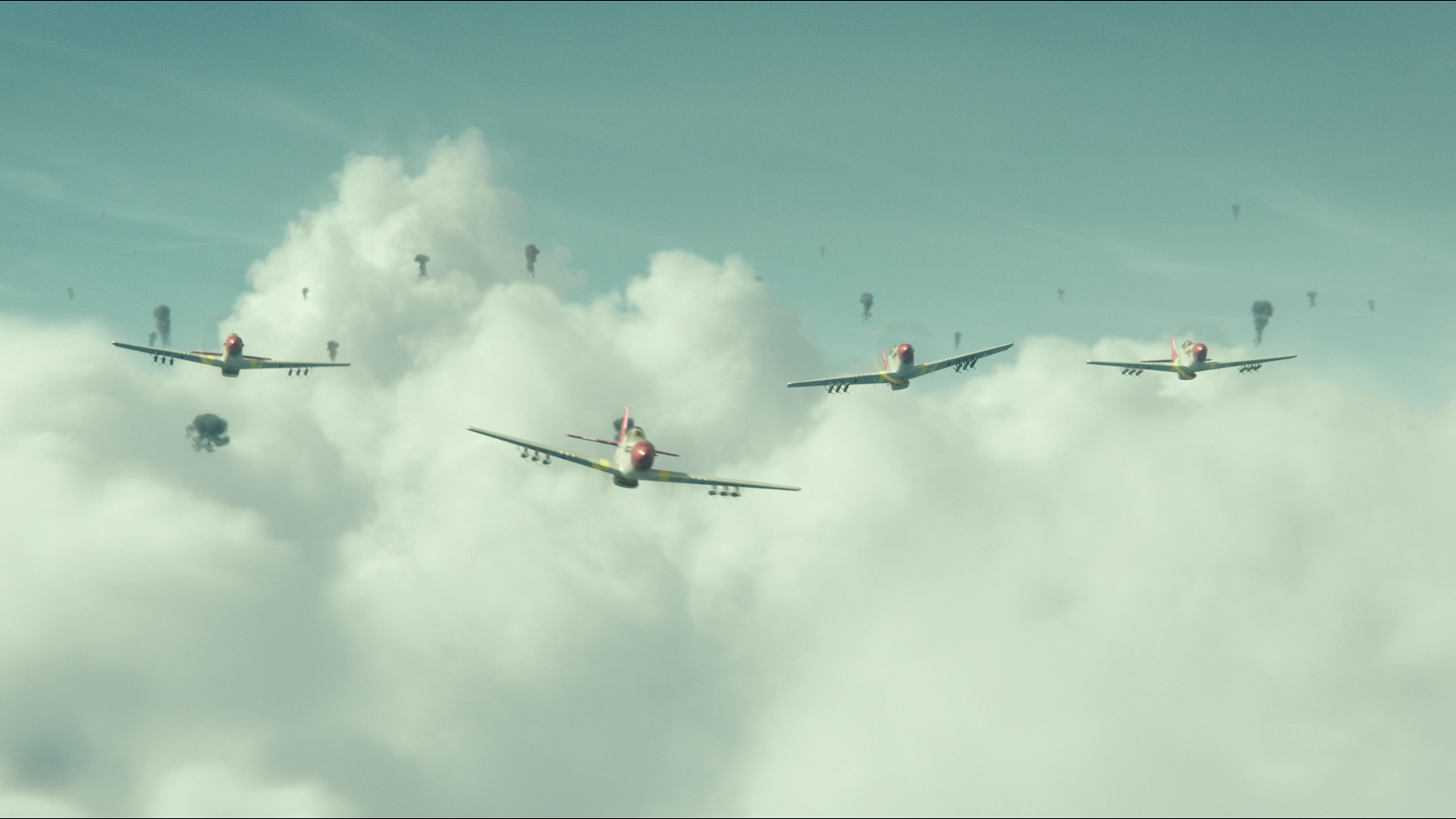
Before our interview wrapped up, Bernasconi emphasised the drive that underlined the creative intensity of the project. “Masters of the Air was one of the most creatively challenging shows I’ve ever worked on,” he reflects.
“I was incredibly lucky to have an amazing team of VFX artists to work alongside though, and I must give a special shoutout to DNEG’s VFX producer Abigail Everard, whose help and expertise was invaluable. The DNEG production team was just as integral to the project as the creative team.”


Finally, Bernasconi looks back as a way of capturing the spirit of his personal experience working on the project. He explains: “My favourite TV series of all time is Band of Brothers, so I was beyond excited when I got the call to work on Masters of the Air. But I also understood the responsibility of what I was undertaking. The show was very demanding, but also incredibly rewarding too. There are some projects that you just know will stay with you for the rest of your life.”
In creating a project with such dramatic and historical weight, the DNEG crew working on the series paid great attention to so much detail. In doing so, their final work honours the courage of the fighter crews and reminds us, too, of how visual effects are so integral to storytelling on screen.
This content originally appeared in 3D World magazine, the world's leading CG art magazine. 3D World is on sale in the UK, Europe, United States, Canada, Australia and more. Limited numbers of 3D World print editions are available for delivery from our online store (the shipping costs are included in all prices). Subscribe to 3D World at Magazines Direct.

